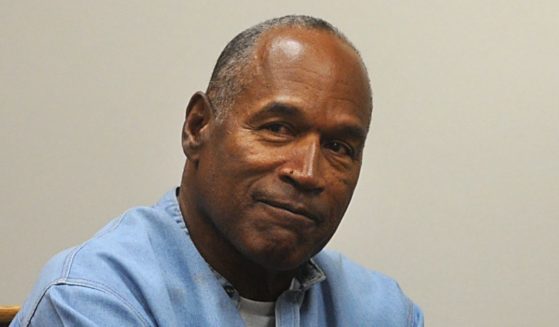Alarming CDC Report Shows US Birth Rate Has Plummeted to Lowest Point in Over 100 Years
The U.S. birth rate fell 4 percent last year, the largest single-year decrease in nearly 50 years, according to a government report being released Wednesday.
The rate dropped for moms of every major race and ethnicity, and in nearly every age group, falling to the lowest point since federal health officials started tracking it more than a century ago.
Births have been declining among young women for years.
Birth rates for women in their late 30s and in their 40s have been inching up. But not last year.
“The fact that you saw declines in births even for older moms is quite striking,” said Brady Hamilton of the Centers for Disease Control and Prevention, the lead author of the new report.
The CDC report is based on a review of more than 99 percent of birth certificates issued last year.
Researchers are working on a follow-up report to better parse out how the decline unfolded, Hamilton said.
Other highlights from the CDC report:
— About 3.6 million babies were born in the U.S. last year, down from about 3.75 million in 2019. When births were booming in 2007, the U.S. recorded 4.3 million births.
— The U.S. birth rate dropped to about 56 births per 1,000 women of child-bearing age, the lowest rate on record. The rate is half of what it was in the early 1960s.
— The birth rate for 15- to 19-year-olds dropped 8 percent from 2019. It’s fallen almost every year since 1991.
— Birth rates fell 8 percent for Asian-American women; 3 percent for Hispanic women; 4 percent for black and white women; and 6 percent for American Indians or native Alaskans.
— The cesarean delivery rate rose, slightly, to about 32 percent. It had generally been declining since 2009.
— Some good news: The percentage of infants born small and premature — at less than 37 weeks of gestation — fell slightly, to 10 percent, after rising five years in a row.
The current generation is getting farther away from having enough children to replace itself.
The U.S. once was among only a few developed countries with a fertility rate that ensured each generation had enough children to replace it. About a dozen years ago, the estimated rate was 2.1 kids per U.S. woman.
But it’s been sliding, and last year dropped to about 1.6, the lowest rate on record.
The Western Journal has reviewed this Associated Press story and may have altered it prior to publication to ensure that it meets our editorial standards.
Truth and Accuracy
We are committed to truth and accuracy in all of our journalism. Read our editorial standards.












